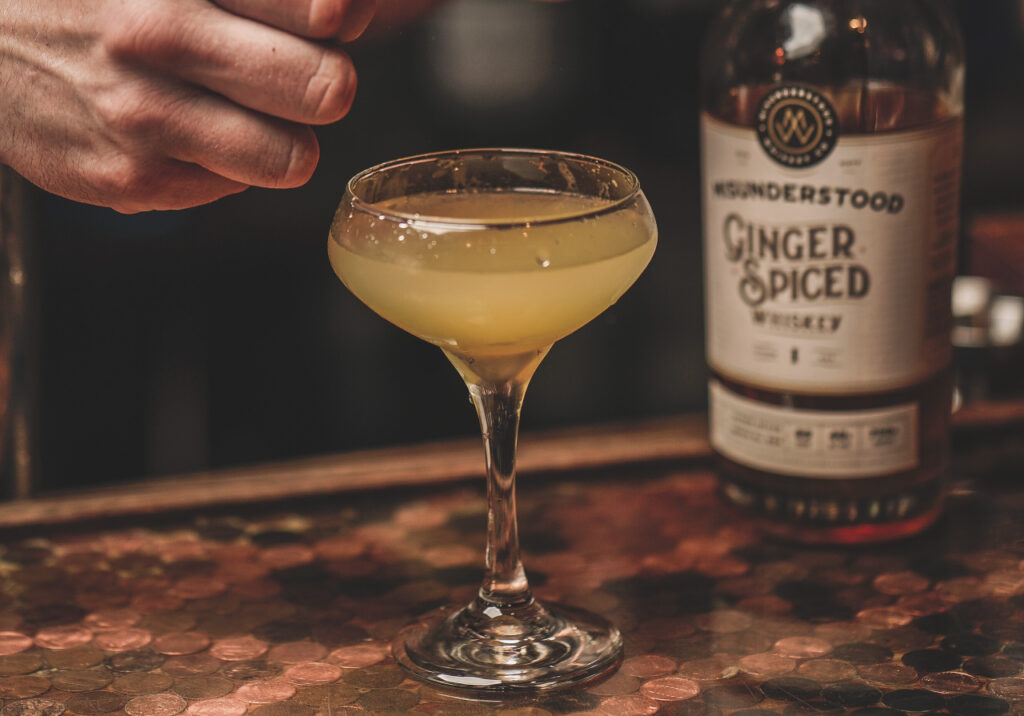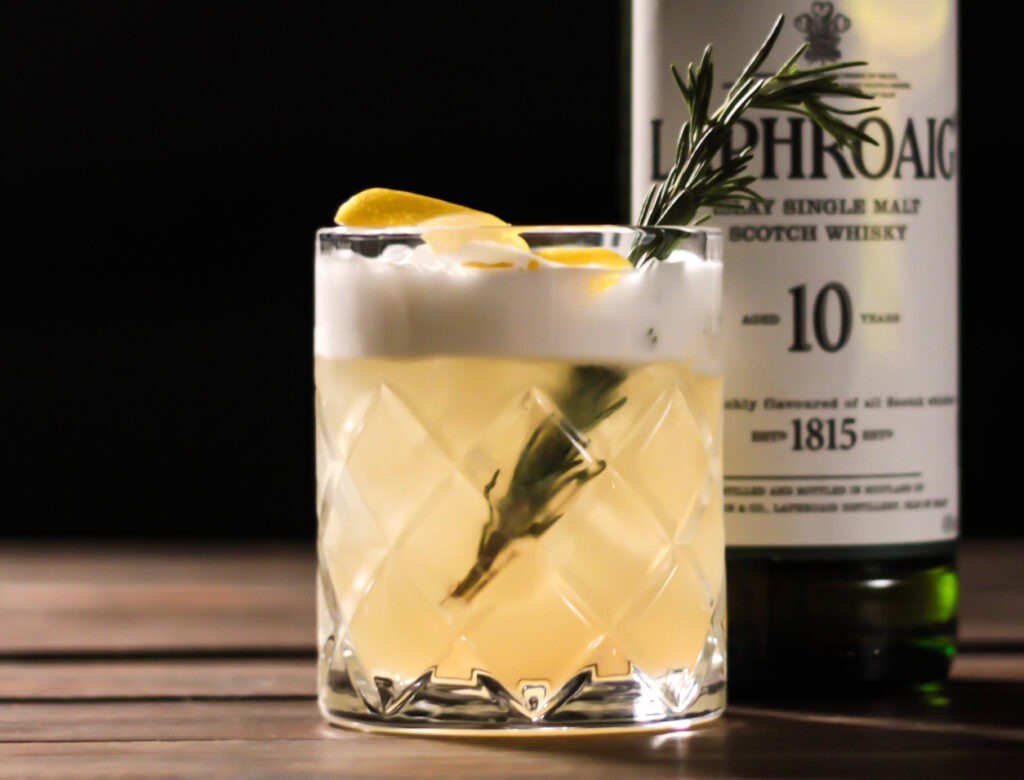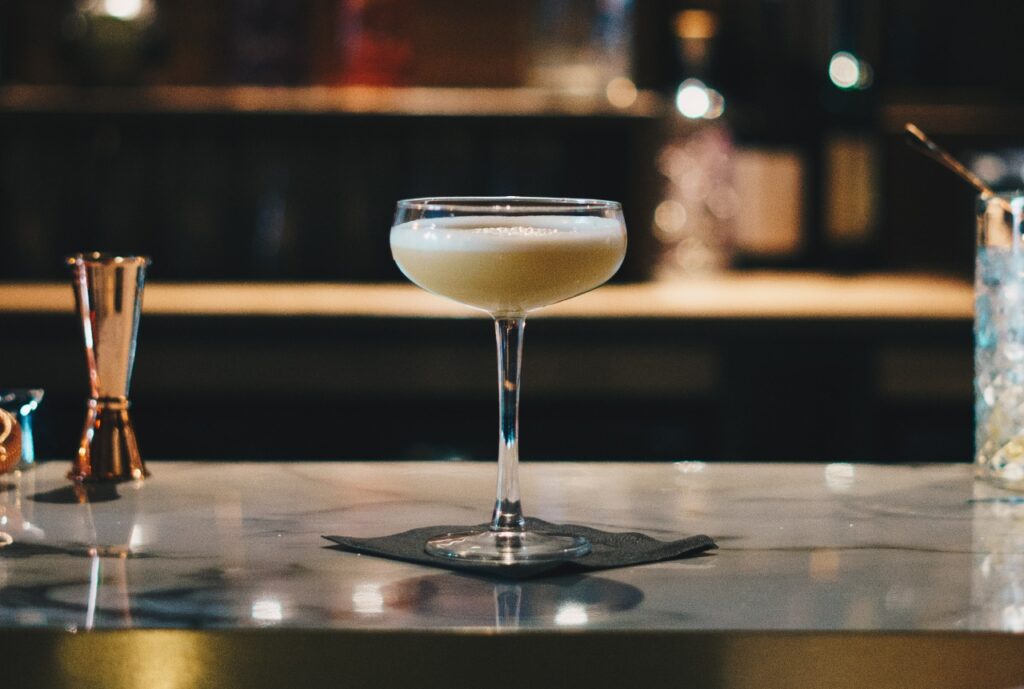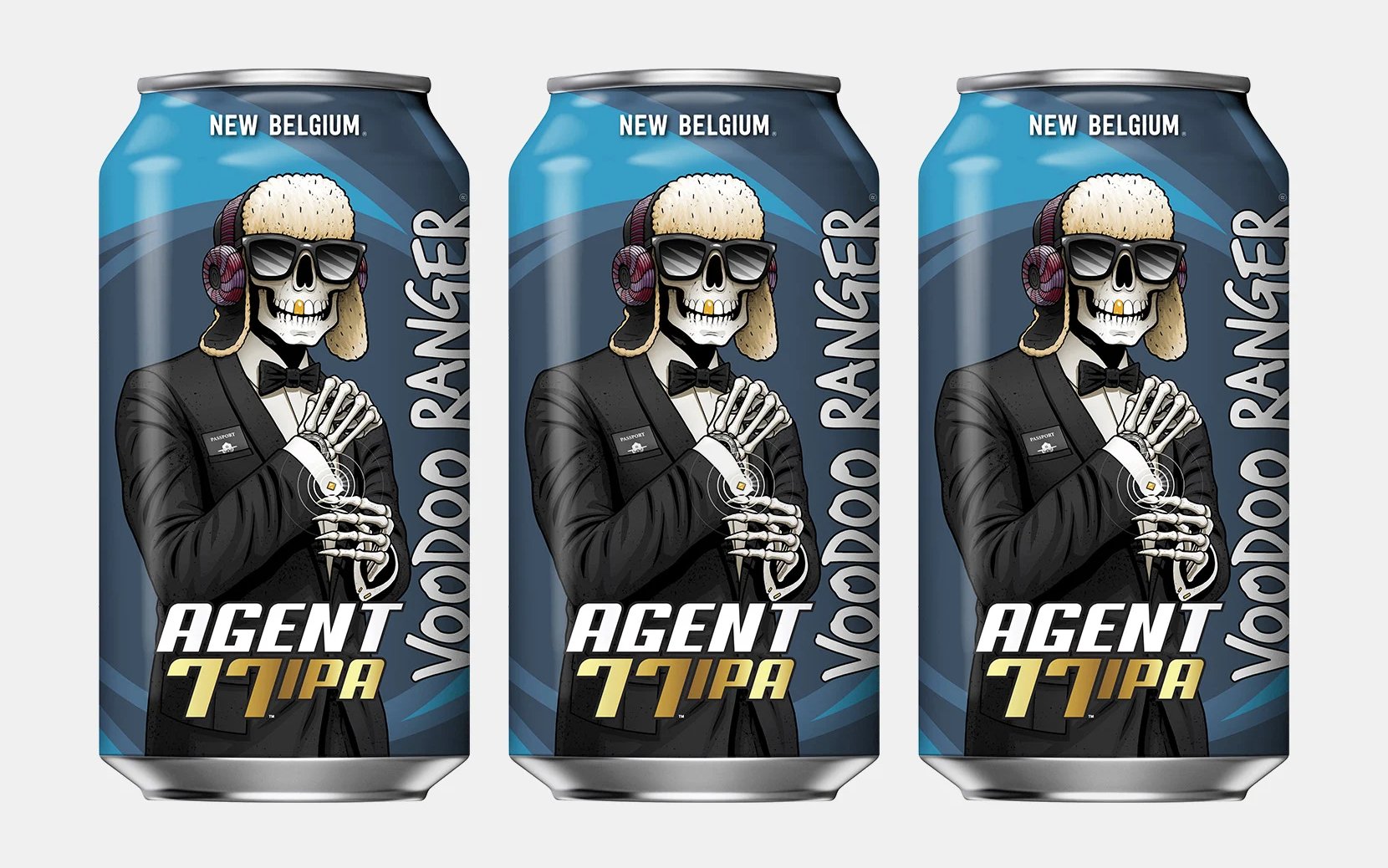In the hierarchy of mixed drinks, it’s hard to top the appeal of the classic whiskey sour. It’s a mixture of sweetness, tangy sour flavor, and nice, boozy whiskey. When made with fresh ingredients, it’s light, refreshing, and memorable (in a good way). When made using cloyingly sweet, tart pre-made sour mix you purchased as a second thought on your way out of your local grocery store, it’s just not as good. That’s not to say that we wouldn’t still drink a few. We can just tell the difference between the two.
Regardless of whether it’s made with fresh ingredients or store-bought sour mix, you’ll still notice similarities between the two versions. The classic drink is remarkably easy to mix up. It’s usually yellow or orange in appearance and is usually adorned with a garnish of a cherry or citrus peel.
We say usually because, like many famous mixed drinks, there are myriad ways to mix things up by adding and changing ingredients. We’re talking about bartenders who add foamy egg whites or other ingredients designed to change the flavor and texture. This is why we decided to take a deep dive into this iconic drink with hopes of getting to the bottom of what makes a perfect whiskey sour. Keep reading below to see the standard whiskey sour recipe.
The Standard Whiskey Sour Recipe
There are few cocktails that better explain exactly the flavor you are about to enjoy. The word “sour” is in the name. This shows the drinker that at least part of this drink should be tart, tangy, and sour. This is the lemon juice. The best thing? Depending on your taste, you change the overall ratio of citrus flavor to make the drink more or less tart.
Besides lemon juice, the traditional recipe also includes whiskey (obviously), sugar, and (as mentioned before) potentially an egg white or another type of cocktail foaming agent. Without further ado, here’s the standard whiskey sour recipe:

1) Add ice, two ounces of whiskey (bourbon, rye, Scotch, or anything you enjoy), a healthy squeeze of lime juice (at least an ounce or more depending on your taste), one teaspoon of granulated sugar (or half an ounce of simple syrup), and (if you so desire) a whipped egg white to a cocktail shaker.
2) Shake well. Make sure you combine all of the ingredients. This should take you ten to fifteen seconds of methodical, intense shaking.
3) Using a strainer, pour the cocktail into a chilled rocks glass or (depending on your taste) an ice-filled old fashioned glass.
4) Garnish the drink (or don’t) with a maraschino cherry or a slice of orange or lime peel.
5) Drink it and enjoy the combination of sweet, sour, and boozy. Pat yourself on the back for a job well done.
The Egg White Alternative
If you’ve ever ordered a whiskey sour at a bar, there’s a good chance it included an egg white. The addition of a whipped egg white not only adds to the overall appeal of the drink but also tempers the tart, sour flavor while adding a creaminess to the drink. The only problem with this ingredient is the fact that (while unlikely) there’s always a chance of food-borne illness from ingesting raw eggs. If you do decide to use an egg white, make sure it is whipped before and shake the whole cocktail for a longer time to ensure all the ingredients meld together well.

First Whiskey Sour
Like many cocktails, there are myriad dates listed as the invention of the whiskey sour. Many people believe the first acknowledgment of the drink was in the Waukesha Plain Dealer in 1870. But, prior to that (in the 1700s), British Royal Naval sailors were known to imbibe drinks featuring citrus (to prevent scurvy), sugar, and a spirit (usually rum or gin, but you get the idea).

Another potential genesis occurred in the 1862 Jerry Thomas (a pioneering New York City bartender often referred to as “the father of American mixology”) book The Bartender’s Guide: How To Mix Drinks. Although technically this guide was for a brandy sour. His drink consisted of powdered sugar, fresh lemon juice, and brandy. If that sounds pretty familiar, you’ve clearly been paying attention during this article.
While there’s no way of really knowing who (and when) invented this iconic drink, we know that even in 2021 it has remained similar to the beverage imbibed by swarthy sailors and barflies alike in the 1700s and 1800s.
The Vintage Brandy Sour Recipe
Jerry Thomas’ original recipe was very specific. First, fill a tumbler two-thirds full with shaved ice. Stir in one tablespoon of sugar, the juice of ¼ of a lemon, ½ wine glass of water, and 2 ounces of brandy. Add a lemon peel garnish and drink. It’s simple, elegant, and timeless even more than 150 years later.
Whiskey Sour Evolves Over The Years
While the initial sour recipe called for the drink to be stirred in a glass filled with ice, over the years it’s become the standard to shake all of the ingredients before straining them into a glass. According to Gifford’s Guide, the glassware used has also evolved. Initially, the drink was to be built in a “small bar glass” in Jerry Thomas’ recipe. By the late 1800s, some bartenders were using fancier, footed glasses, and others were using taller highball-style glasses. By the early 1900s, some bartenders were serving the drink in claret glasses. We don’t know when all of the pomp and circumstance changed, but contemporary whiskey sours tend to be served in rocks or Old Fashioned glasses.
A Timeless Mixed Drink
Regardless of its origins, we can all agree that a well-made, hand-crafted whiskey sour is a thing of unrivaled beauty. While versions using store-bought sour mix can be overly tart and tooth-achingly sweet, when bartenders take the time to press their own lemon juice, make their own simple syrup, and pair it with high-quality whiskey, the drink is delicate, tart, and perfect. There’s a reason it’s as popular today as it was hundreds of years ago.
Disclosure: Clicking on these links and making a purchase may earn us a small referral fee, at no extra cost to you. Learn more here.


